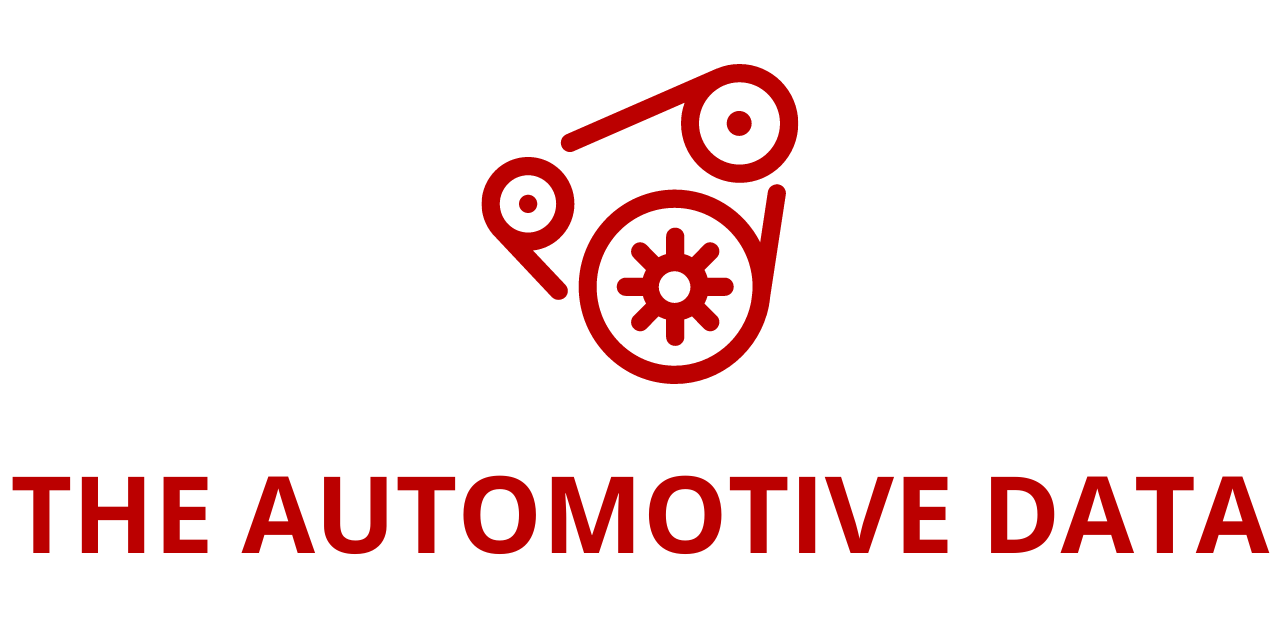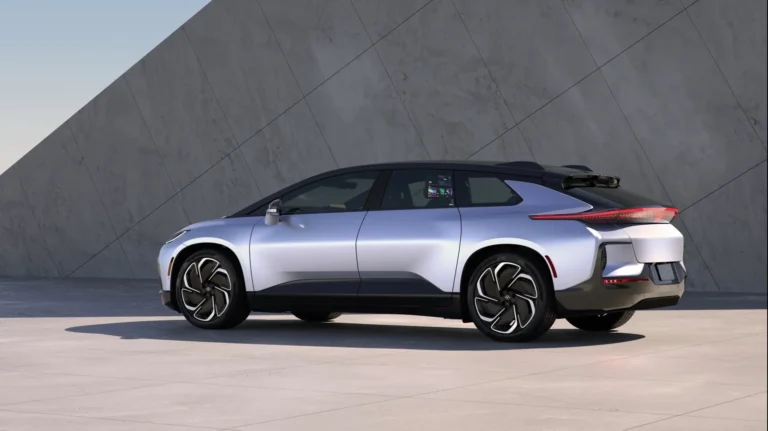
Global Automotive Actuators Market to Surpass $49 Billion by 2033, Driven by Electrification and Autonomous Vehicle Demand
The global automotive actuators market is poised for significant expansion, with forecasts projecting a market value of US$49.31 billion by 2033, up from US$27.51 billion in 2024. According to the newly released “Automotive Actuators Market Global Forecast Report by Actuator Types, Vehicle Type, Application, Countries and Company Analysis 2025–2033”, available through ResearchAndMarkets.com, the sector is expected to grow at a compound annual growth rate (CAGR) of 6.7% over the forecast period.
At the heart of this robust growth lies the worldwide acceleration of electric and hybrid vehicle adoption, combined with the increasing integration of autonomous driving features in next-generation vehicles. These advancements demand a broad array of high-performance actuators, which are fundamental to the smooth operation of many automotive systems.
Actuators: A Cornerstone of Modern Automotive Technology
Automotive actuators are electromechanical devices that convert electrical signals into mechanical motion. They are critical to a variety of vehicle systems, including engine management, braking, steering, transmission, and HVAC. In electric vehicles (EVs), hybrid electric vehicles (HEVs), and advanced driver-assistance systems (ADAS), actuators play a pivotal role in enabling safety, efficiency, and automation.
The types of actuators commonly used in automotive applications include electric motors, hydraulic actuators, and pneumatic actuators, each tailored to specific functions. Whether it’s adjusting the throttle, shifting gears, or precisely modulating braking force, actuators ensure seamless vehicle operation, especially as vehicles become more software-driven and reliant on advanced electronics.
Market Growth Drivers
1. Electrification and Autonomous Vehicles
The transition to electric mobility is a dominant force fueling the automotive actuators market. EVs rely heavily on actuators to operate power steering, battery cooling systems, regenerative braking, and climate control—all essential systems that differ significantly from those in internal combustion engine (ICE) vehicles.
Furthermore, the development of autonomous driving technologies increases the complexity and performance requirements for actuators. In self-driving vehicles, actuators are integral to the functionality of adaptive systems such as steering automation, braking assistance, and lane-keeping capabilities. The need for precision, responsiveness, and fail-safe design is pushing manufacturers to invest in high-performance, miniaturized actuators with built-in sensors and real-time control capabilities.
2. Consumer Demand for Safety and Comfort Features
Consumer preferences are shifting towards vehicles that offer greater safety, connectivity, and comfort. This has led to the widespread adoption of features like adaptive cruise control, automatic emergency braking, parking assist systems, and power-adjustable seating—all of which rely on actuators for precise and responsive functionality.
As OEMs compete to differentiate their vehicles in an increasingly crowded marketplace, actuators are at the core of enabling innovative features that improve both safety and user experience. Governments are also tightening regulations on safety and emissions, further incentivizing the integration of actuator-driven systems across all vehicle segments.
3. Technological Innovation and Miniaturization
Rapid advances in materials science, sensor integration, and software algorithms are making it possible to design actuators that are smaller, lighter, more energy-efficient, and capable of performing more sophisticated tasks. As vehicles evolve into connected, autonomous machines, actuators must evolve as well—supporting increasingly complex systems that communicate across multiple platforms within the vehicle’s architecture.
Innovations in actuator design not only improve performance but also reduce overall vehicle weight, a key factor in improving EV range and efficiency. These improvements are enabling broader deployment of actuators, even in compact and entry-level models.
Market Challenges
Despite its promising growth trajectory, the automotive actuators market faces several significant challenges.
1. High Development and Production Costs
The design and manufacture of high-performance actuators—especially for electric and autonomous vehicles—can be capital intensive. These actuators often require specialized materials, precision engineering, and seamless integration with complex vehicle control systems. The associated R&D and production costs may limit their inclusion in lower-priced vehicle models and could pose a barrier to adoption in cost-sensitive markets.
Additionally, OEMs must continuously update actuator systems to keep pace with technological advancements and changing regulations. This ongoing need for innovation, customization, and testing adds to the financial burden, particularly for manufacturers operating on tight margins.
2. System Integration and Complexity
Modern vehicles are essentially mobile computing platforms. Integrating actuators into this environment—where they must interact with dozens of sensors, control units, and software systems—requires exceptional engineering expertise. Ensuring reliability, real-time performance, and safety in these interconnected systems can lead to longer development cycles and increased risk of system incompatibilities.
The high degree of system interdependency also necessitates rigorous testing protocols to verify that actuators function correctly under diverse driving conditions. This complexity increases the cost and technical demands associated with deploying advanced actuator technologies.
Regional Insights: Asia-Pacific Leads the Way
Asia-Pacific is expected to dominate the global automotive actuators market throughout the forecast period, driven primarily by China’s leadership in vehicle manufacturing and electric mobility. The Chinese government’s ongoing initiatives—such as financial subsidies for EV purchases, favorable regulatory policies, and investments in smart transportation infrastructure—are creating a highly supportive environment for actuator innovation and deployment.
Other countries across the region, including Japan, South Korea, and India, are also investing heavily in EV development and smart mobility, further fueling demand for automotive actuators. Meanwhile, North America and Europe are showing strong adoption of safety and emissions-compliant systems, which is expected to sustain demand for high-end actuators across passenger and commercial vehicle segments.
Key Players and Competitive Landscape
The global automotive actuators market is highly competitive, with major players investing in innovation, strategic collaborations, and product development to gain a competitive edge. Key companies profiled in the report include:
- Robert Bosch GmbH
- Nidec Corporation
- Denso Corporation
- Johnson Electric
- Mitsubishi Electric Corporation
- CTS Corporation
- Hitachi Ltd
- Aptiv PLC
- BorgWarner Inc
These companies are actively developing compact, integrated actuator systems to meet the evolving demands of both ICE and electric vehicle platforms. With the push toward autonomous technologies, firms are also exploring smart actuators with self-diagnosing capabilities and enhanced electronic control units (ECUs).
Market Segmentation Highlights
The report provides comprehensive segmentation of the market based on actuator types, vehicle types, application, and region. Key segments include:
- Actuator Types: Electric actuators, hydraulic actuators, pneumatic actuators
- Vehicle Types: Passenger cars, light commercial vehicles, heavy commercial vehicles
- Applications: Throttle actuators, brake actuators, seat adjustment actuators, closer actuators, and more
- Geographies: North America, Europe, Asia-Pacific, Latin America, Middle East & Africa, and Rest of the World
The automotive actuators market is entering a dynamic phase of growth, driven by electrification, automation, and evolving consumer expectations. With actuators serving as critical enablers of modern vehicle functionality—from EV propulsion systems to ADAS—demand is expected to rise sharply across all major vehicle segments.
Although challenges related to cost, integration, and system complexity remain, continuous innovation and strong government support across regions are expected to sustain momentum well into the next decade.
For stakeholders in the automotive ecosystem, from component manufacturers to OEMs and technology providers, the evolution of the actuator landscape represents a significant opportunity to shape the future of mobility.







